Class 11 physics notes (MECHANICS)
MECHANICS :
Q. What are conservation and non-conservative forces? Show that total mechanical energy of a body falling freely
under gravity remains constant.
Ans: A force is said to be conservative if the work done by it in moving a body once round a trip is zero. Gravitational force , electrostatic force between two electric charges, magnetic force between two magnetic poles etc. are conservative forces.
A force is said to be non-conservative force of the work done by it in moving a body over a closed path is non- zero. Frictional forces are non-conservative forces.
Let a body of mass m is kept at a point A,
at a height h from the ground. If it is allowed to fall freely under the action of
Gravity, let B be the position of the body at
any instant t such that AB= x. The body finally reaches at C on the ground.
At A, we have
K.E of the body = 0
P.E of the body = mgh
So, Total energy of the body at A= K.E + P.E
= 0 + mgh = mgh
MECHANICS :
Q. What are conservation and non-conservative forces? Show that total mechanical energy of a body falling freely
under gravity remains constant.
Ans: A force is said to be conservative if the work done by it in moving a body once round a trip is zero. Gravitational force , electrostatic force between two electric charges, magnetic force between two magnetic poles etc. are conservative forces.
A force is said to be non-conservative force of the work done by it in moving a body over a closed path is non- zero. Frictional forces are non-conservative forces.
Let a body of mass m is kept at a point A,
at a height h from the ground. If it is allowed to fall freely under the action of
Gravity, let B be the position of the body at
any instant t such that AB= x. The body finally reaches at C on the ground.
At A, we have
K.E of the body = 0
P.E of the body = mgh
So, Total energy of the body at A= K.E + P.E
= 0 + mgh = mgh
Q. A stone when thrown on a glass window smashes the window pane to pieces , but a bullet from the gun passes through making a clean hole, why?
Ans:
When a stone is thrown on a glass window , it remains in contact with the window pane for a longer time due to its low speed and hence its motion is shared by whole of the window pane. As a result , it smashes into pieces. However the bullet fired from the gun remains in contact with the portion where the bullet comes in contact with the window pane. Hence a bullet makes a clean hole in the window pane.
Q. A man is at rest in the middle of a pond on perfectly frictionless ice. How can he get himself to the shore?
Answer:
A man at rest in the middle of a pond on perfectly frictionless ice, can get himself to the shore by blowing air out of his mouth. According to the principle of conservation of linear momentum or Newton's third law of motion, he moves in the direction opposite to in which air is blown out by him. This process takes a long time, because the recoil velocity is small. If he/she throws balls of ice,he gain larger recoil velocity and can get out soon.
Q. A horse had to apply more force to start a wagon than keep it moving. Why?
Answer:
In the beginning the horse has to overcome the kinetic friction. As the limiting friction is always greater than the kinetic friction, the horse has to apply more force to start a wagon than to keep it moving.
Q. Why a force is necessary to keep a body moving with uniform speed in a circular motion?
Answer:
When a body its moving uniformly in a circle,its velocity changes constantly although its speed is not changing. The change in velocity is due to the change in the direction of the velocity. Now from Newton’s first law of motion, it follows that a force is required for any change in velocity of a body. Hence a force is necessary to keep a body moving with uniform speed in a circular motion.
Q. Give reason why the banking of roads reduces the wear and tear of the tyres of automobiles.
Answer:
If the road isn't banked , the necessary centripetal force will be provided by the friction between the tyres and the road. On the other hand, if the road is banked, a component of the normal reaction provides the necessary centripetal force. This reduces the wear and tear of the tyres.
Q. A string just supports a hanging ball without
breaking. If the ball is set to swinging , the string will break. Why?
Answer:
When the ball is at rest, tension in the string equals the weight of the ball and in equilibrium, tension and weight balance eachother. If the ball is set to swinging , the required centripetal force also acts towards the point of suspension in addition to the tension in the string . So force in the string becomes greater than the weight it can support during swinging and hence , the string breaks.
Answer:
For an electron revolving around the positively charged nucleus ,the required centripetal force is provided by the force of attraction between the nucleus and the electron. The electron posseses velocity which is along the tangent at any point of the circular path. The centripetal force, which is directed radially towards the centre of the circular path, has no effect on the tangential velocity. That's why , the electron continues to move around the circular path and it doesn't collapse into the nucleus.
Q. Since the earth is constantly attracted toward the sun by the gravitational interactions, why does it not fall into the sun and burn up?
Answer:
The earth moves around the sun and the required centriperal force for the earth is provided by the gravitational force between the earth and the sun. Even though the centripetal force is directed toward the sun,it is normal to the motion of the earth(i.e the velocity is along the tangent of the path
Q. If the force of gravity acts on all bodies in proportion to their masses, why does not a heavy body fall faster than a light body?
Answer:
According to Newton's law of gravitation the force gravity acts on bodies in proportion to their masses. However , according to Newton second law of motion , acceleration is inversely proportional to the mass. So greater force of gravity acting on the more massive body has to accelerate the greater mass. The overall effect is that there is right compensation and the acceleration remains the same and therefore all bodies fall with the same acceleration due to the gravity.
Q. If the sun somehow collapsed to form a black hole , what effect would this event have on the orbit of the earth?
Answer:
If the sun collapsed into a black hole ,it would have the same mass but much smaller radius. As the gravitational attraction of the sun on the earth doesn't depend on the mass of the sun, there would be no effect on the orbit of the earth.
Q. The passengers in a small boat are not allowed to stand, why?
Ans:
When the passengers in a small boat stand,the C.G. of the whole system is raised . This disturbs the stability of the boat. Hence, passengers in a small boat are not allowed to stand it.
Q. What is the difference between centre of gravity and centre of mass of a system ?
Ans:
The centre of gravity of a body is defined as the point where the whole weight of the body can be supposed to act.
The centre of mass of a body is the point where the whole mass of the body can be supposed to be concentrated.
For regular bodies, the C.G and C.M. coincide but, for a body of large dimension. So the value of g is different for its different parts, the C.M. may not coincide with C.G. At a gravity free space, C.G. makes no sense but C.M. has still a meaning.
Q. Why is it easier to hold down a 10 kg body in your hand at your side than to hold it with your arm extended horizontally?
Answer:
When a 10 kg body is held in our hand with our arm extended horizontally, the force (weight of 10kg mass) and the distance of the force from the rotation axis are at right angle. This produces a maximum torque. But when the body is held at our side, the force always acts through the rotation axis, so there is a very small turning effect about the shoulder joint. Hence it is more convenient to hold down a 10kg mass in our hand at our side.
ELASTICITY :
Elastic limit:
The extension produced in an elastic body is directly proportional to the force producing it but this proportionality holds the force within a certain limit of deformation after which the law of proportionality does not hold. This limit is known as elastic limit.
Young's modulus of elasticity(Y):
It is defined as the ratio of normal stress to longitudinal strain.
i.e Y=Normal stress/ Longitudinal strain
The S.I unit of young's modulus of Elasticity is N/m^2.
Q. Why are bridges declared ubsafe after long use?
Answer:
The bridge gets fatigue after a long use due to alternate cycle of stress and strain. Once the bridge is fatigue, the strain produced for a given stress in the bridges will be large , which results in the destruction of bridge. Thus the bridge is declared unsafe after long use.
Q. Water is more elastic than air, why?
Answer:
If a substance has large elastic modulus, it is said to be more elastic than others. The elastic modulus associated with water and air is bulk modulus. The bulk modulus of a substance is reciprocal to its compressibility. Since water is less compressible than air , it has larger bulk modulus than air. Hence it is more elastic than air.
Q. Explain which one is more rigid stone or iron?
Answer: A body is said to be more rigid than others if it has large modulus of rigidity. The modulus of rigidity is the ratio of the shear stress to the shear strain. For the same stress on the stone and iron, the strain produces in iron is more than that in stone. In other word stone offers more resistance to the external deforming force than iron. Hence stone is more rogid than iron.
(TRIANGLE LAW OF VECTOR ADDITION)
Q. A stone when thrown on a glass window smashes the window pane to pieces , but a bullet from the gun passes through making a clean hole, why?
Ans:
When a stone is thrown on a glass window , it remains in contact with the window pane for a longer time due to its low speed and hence its motion is shared by whole of the window pane. As a result , it smashes into pieces. However the bullet fired from the gun remains in contact with the portion where the bullet comes in contact with the window pane. Hence a bullet makes a clean hole in the window pane.
Q. A man is at rest in the middle of a pond on perfectly frictionless ice. How can he get himself to the shore?
Answer:
A man at rest in the middle of a pond on perfectly frictionless ice, can get himself to the shore by blowing air out of his mouth. According to the principle of conservation of linear momentum or Newton's third law of motion, he moves in the direction opposite to in which air is blown out by him. This process takes a long time, because the recoil velocity is small. If he/she throws balls of ice,he gain larger recoil velocity and can get out soon.
Q. A horse had to apply more force to start a wagon than keep it moving. Why?
Answer:
In the beginning the horse has to overcome the kinetic friction. As the limiting friction is always greater than the kinetic friction, the horse has to apply more force to start a wagon than to keep it moving.
Q. Why a force is necessary to keep a body moving with uniform speed in a circular motion?
Answer:
When a body its moving uniformly in a circle,its velocity changes constantly although its speed is not changing. The change in velocity is due to the change in the direction of the velocity. Now from Newton’s first law of motion, it follows that a force is required for any change in velocity of a body. Hence a force is necessary to keep a body moving with uniform speed in a circular motion.
Q. Give reason why the banking of roads reduces the wear and tear of the tyres of automobiles.
Answer:
If the road isn't banked , the necessary centripetal force will be provided by the friction between the tyres and the road. On the other hand, if the road is banked, a component of the normal reaction provides the necessary centripetal force. This reduces the wear and tear of the tyres.
Q. A string just supports a hanging ball without
breaking. If the ball is set to swinging , the string will break. Why?
Answer:
When the ball is at rest, tension in the string equals the weight of the ball and in equilibrium, tension and weight balance eachother. If the ball is set to swinging , the required centripetal force also acts towards the point of suspension in addition to the tension in the string . So force in the string becomes greater than the weight it can support during swinging and hence , the string breaks.
Answer:
For an electron revolving around the positively charged nucleus ,the required centripetal force is provided by the force of attraction between the nucleus and the electron. The electron posseses velocity which is along the tangent at any point of the circular path. The centripetal force, which is directed radially towards the centre of the circular path, has no effect on the tangential velocity. That's why , the electron continues to move around the circular path and it doesn't collapse into the nucleus.
Q. Since the earth is constantly attracted toward the sun by the gravitational interactions, why does it not fall into the sun and burn up?
Answer:
The earth moves around the sun and the required centriperal force for the earth is provided by the gravitational force between the earth and the sun. Even though the centripetal force is directed toward the sun,it is normal to the motion of the earth(i.e the velocity is along the tangent of the path
Q. If the force of gravity acts on all bodies in proportion to their masses, why does not a heavy body fall faster than a light body?
Answer:
According to Newton's law of gravitation the force gravity acts on bodies in proportion to their masses. However , according to Newton second law of motion , acceleration is inversely proportional to the mass. So greater force of gravity acting on the more massive body has to accelerate the greater mass. The overall effect is that there is right compensation and the acceleration remains the same and therefore all bodies fall with the same acceleration due to the gravity.
Q. If the sun somehow collapsed to form a black hole , what effect would this event have on the orbit of the earth?
Answer:
If the sun collapsed into a black hole ,it would have the same mass but much smaller radius. As the gravitational attraction of the sun on the earth doesn't depend on the mass of the sun, there would be no effect on the orbit of the earth.
Q. The passengers in a small boat are not allowed to stand, why?
Ans:
When the passengers in a small boat stand,the C.G. of the whole system is raised . This disturbs the stability of the boat. Hence, passengers in a small boat are not allowed to stand it.
Q. What is the difference between centre of gravity and centre of mass of a system ?
Ans:
The centre of gravity of a body is defined as the point where the whole weight of the body can be supposed to act.
The centre of mass of a body is the point where the whole mass of the body can be supposed to be concentrated.
For regular bodies, the C.G and C.M. coincide but, for a body of large dimension. So the value of g is different for its different parts, the C.M. may not coincide with C.G. At a gravity free space, C.G. makes no sense but C.M. has still a meaning.
Q. Why is it easier to hold down a 10 kg body in your hand at your side than to hold it with your arm extended horizontally?
Answer:
When a 10 kg body is held in our hand with our arm extended horizontally, the force (weight of 10kg mass) and the distance of the force from the rotation axis are at right angle. This produces a maximum torque. But when the body is held at our side, the force always acts through the rotation axis, so there is a very small turning effect about the shoulder joint. Hence it is more convenient to hold down a 10kg mass in our hand at our side.
ELASTICITY :
Elastic limit:
The extension produced in an elastic body is directly proportional to the force producing it but this proportionality holds the force within a certain limit of deformation after which the law of proportionality does not hold. This limit is known as elastic limit.
Young's modulus of elasticity(Y):
It is defined as the ratio of normal stress to longitudinal strain.
i.e Y=Normal stress/ Longitudinal strain
The S.I unit of young's modulus of Elasticity is N/m^2.
Q. Why are bridges declared ubsafe after long use?
Answer:
The bridge gets fatigue after a long use due to alternate cycle of stress and strain. Once the bridge is fatigue, the strain produced for a given stress in the bridges will be large , which results in the destruction of bridge. Thus the bridge is declared unsafe after long use.
Q. Water is more elastic than air, why?
Answer:
If a substance has large elastic modulus, it is said to be more elastic than others. The elastic modulus associated with water and air is bulk modulus. The bulk modulus of a substance is reciprocal to its compressibility. Since water is less compressible than air , it has larger bulk modulus than air. Hence it is more elastic than air.
Q. Explain which one is more rigid stone or iron?
Answer: A body is said to be more rigid than others if it has large modulus of rigidity. The modulus of rigidity is the ratio of the shear stress to the shear strain. For the same stress on the stone and iron, the strain produces in iron is more than that in stone. In other word stone offers more resistance to the external deforming force than iron. Hence stone is more rogid than iron.
(TRIANGLE LAW OF VECTOR ADDITION)








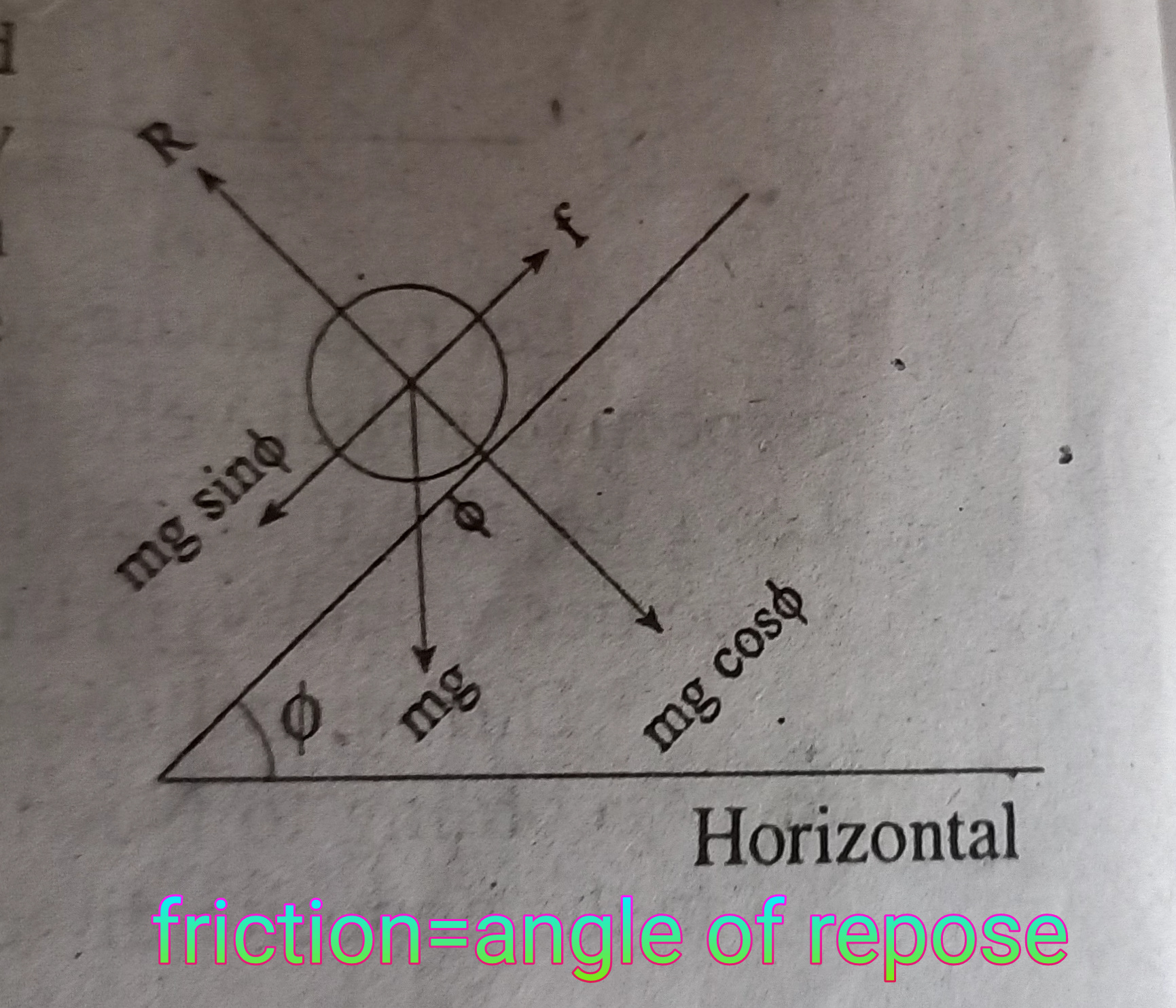
.png)











.png)












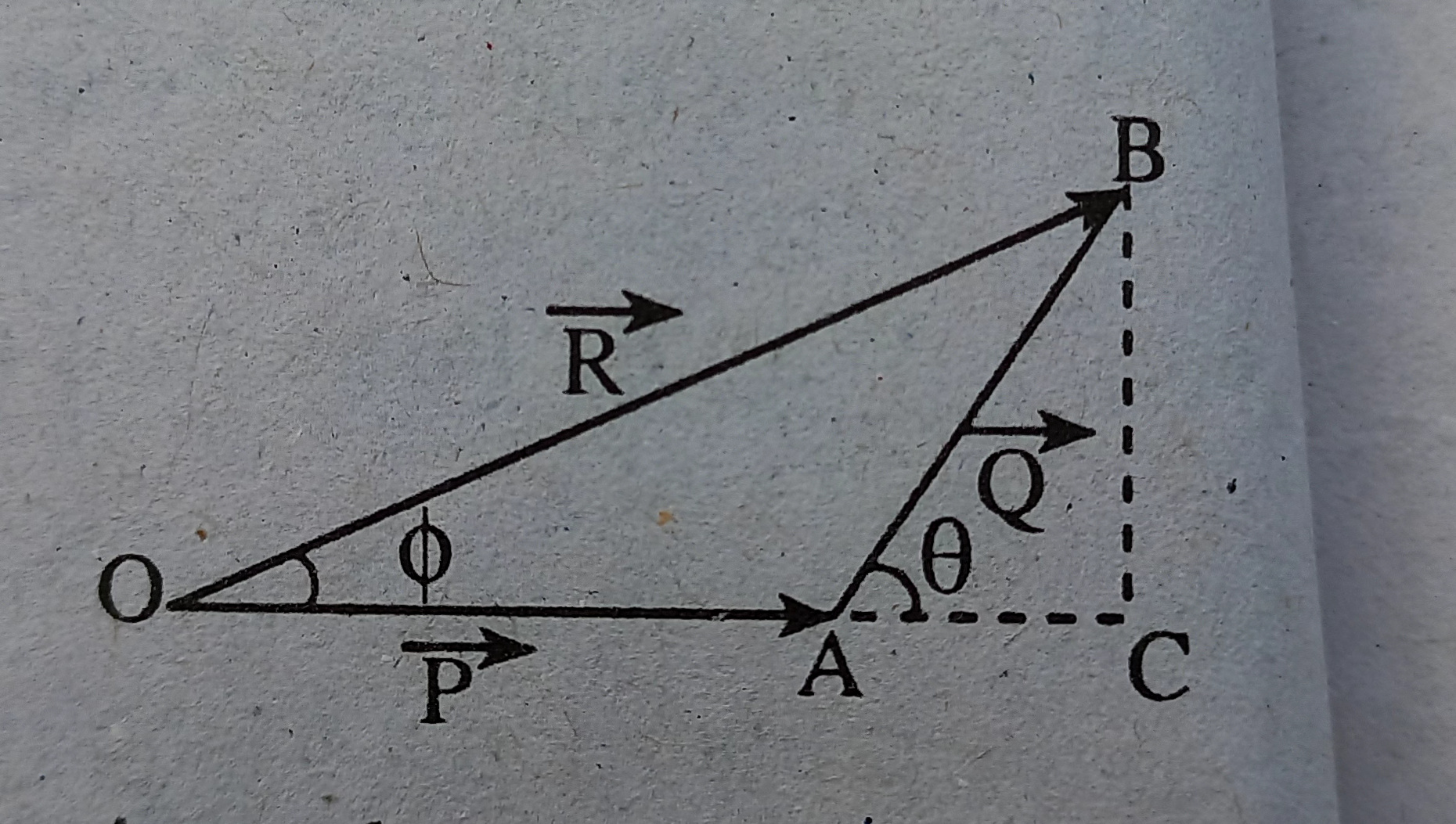
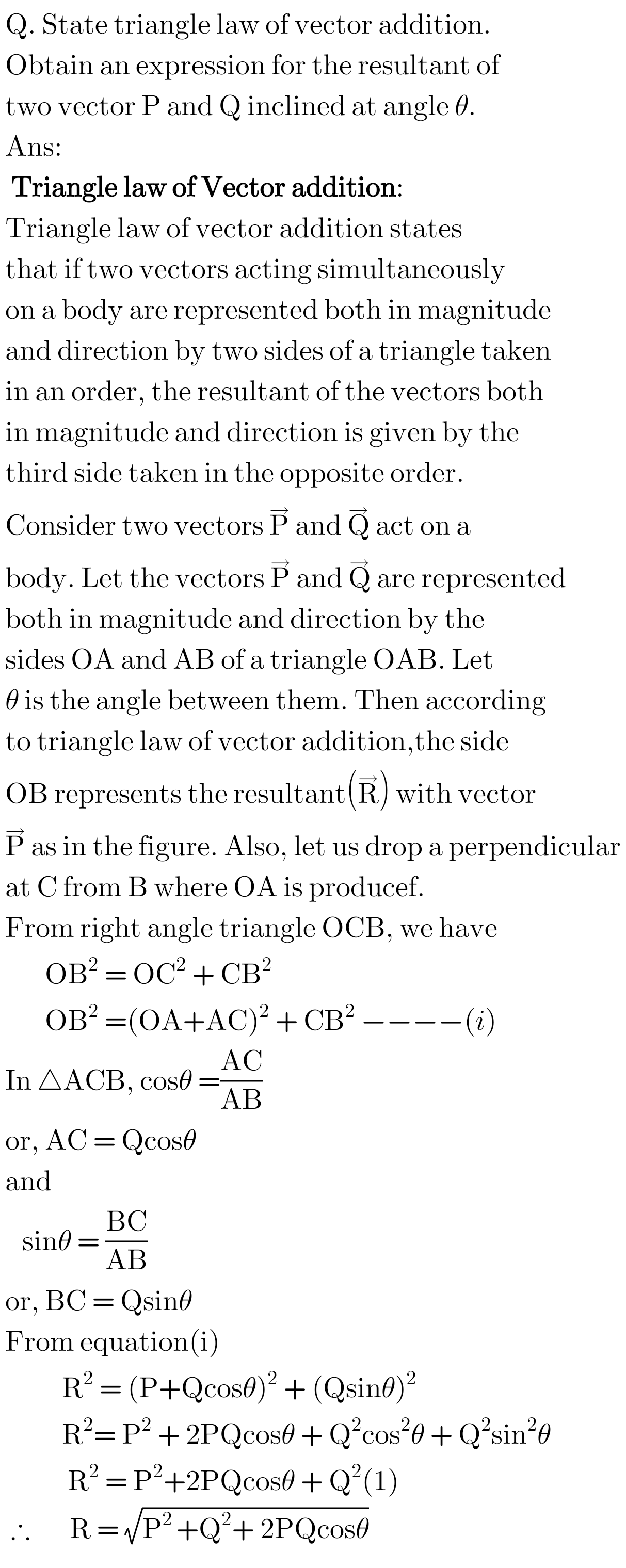
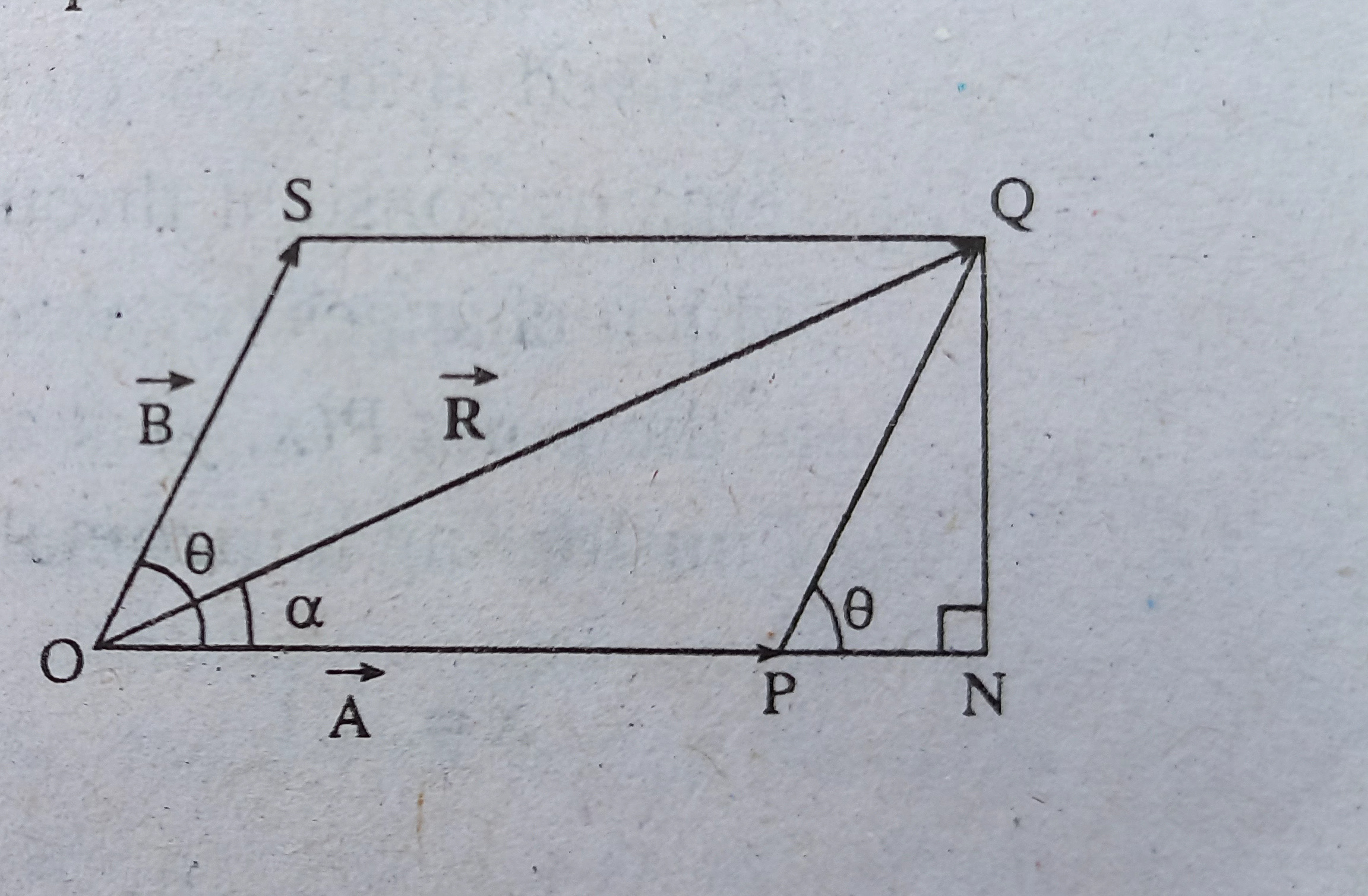




.png)


































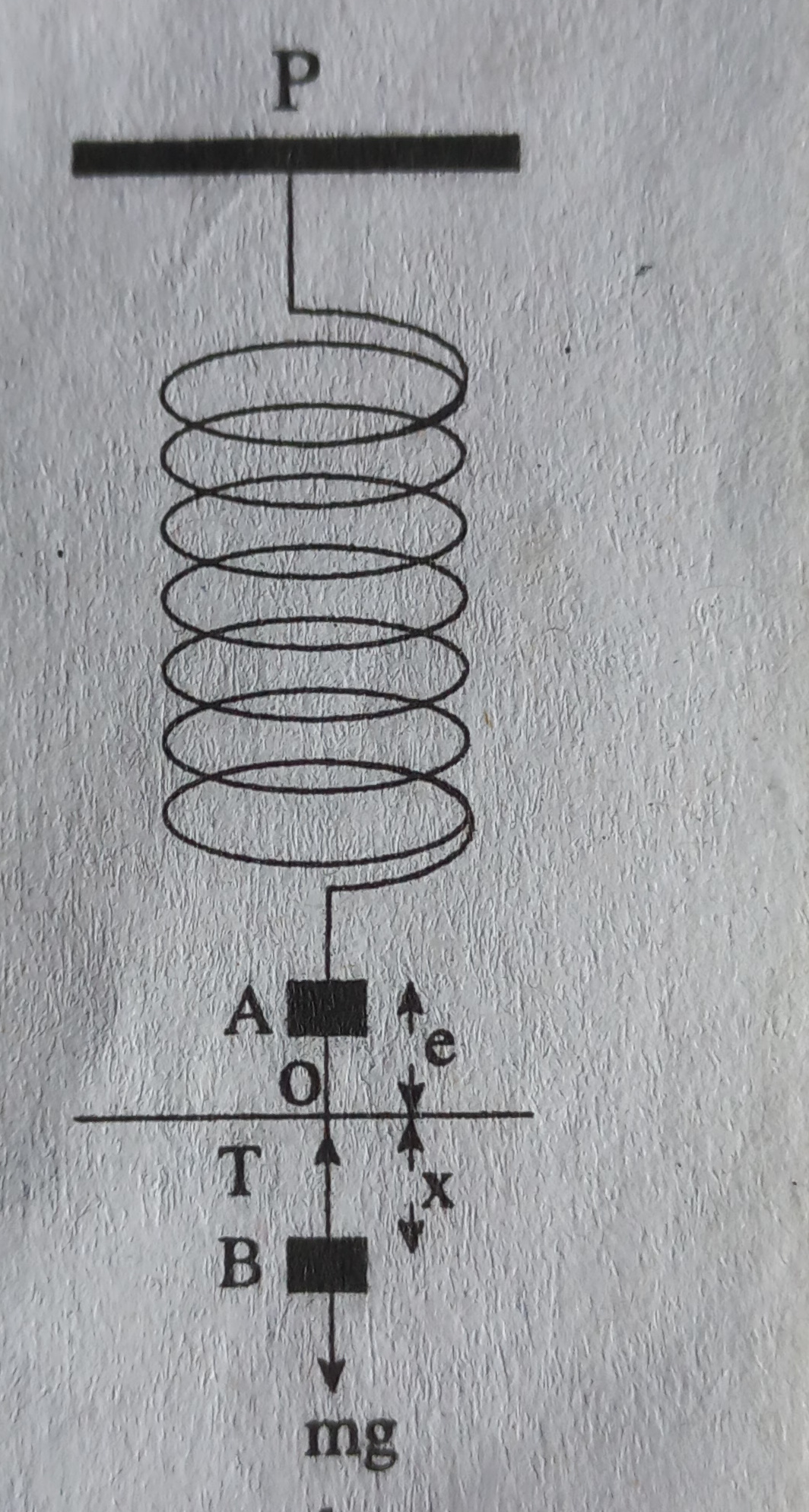
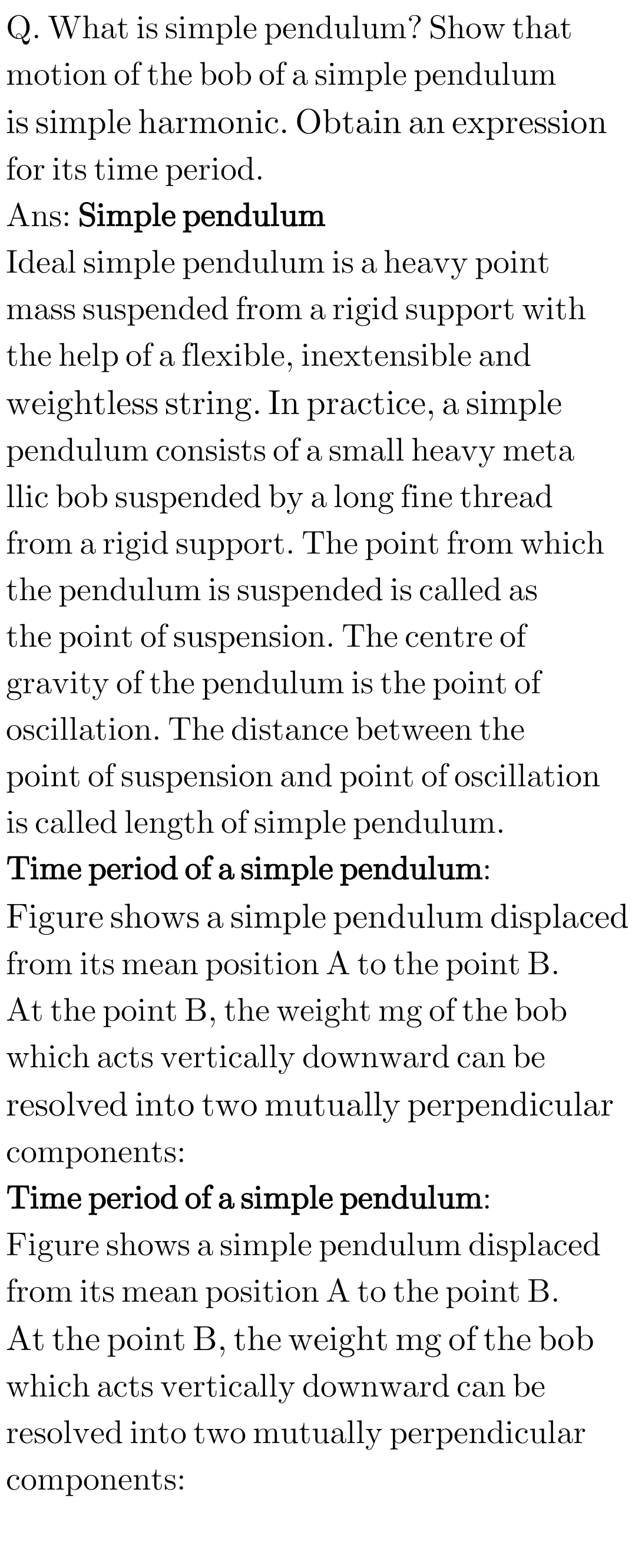

.png)









No comments: